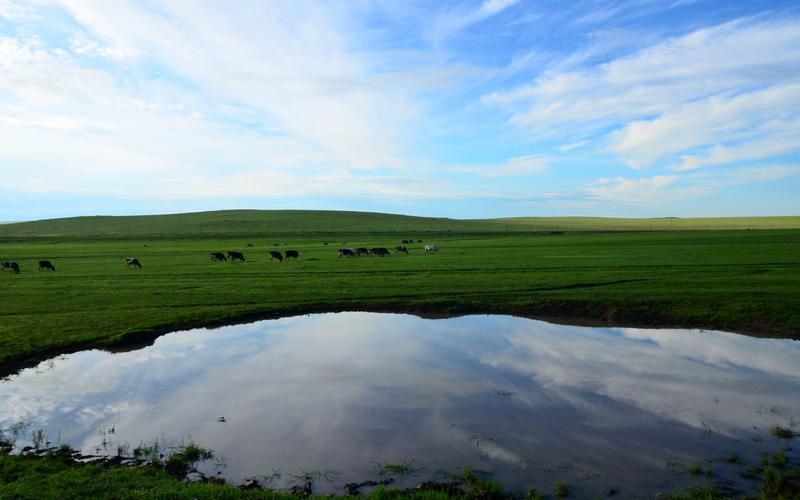Exploring the Evolution of Education in the 1800s: From Traditional to Progressive Methods
Education has undergone tremendous changes over the years, ranging from traditional to progressive methods. In the 1800s, these changes in education were fueled by technological advancements and societal changes. This article explores the history of education in the 1800s and how it evolved from traditional to progressive methods.
Traditional Education in the 1800s
In the late 1700s and early 1800s, education was largely based on a traditional approach. Students were expected to memorize facts without any understanding of the concepts. This approach was rigid and focused on discipline, fear, and external control. Students were expected to conform to strict rules and regulations set by the teacher.
During this time period, women and African Americans were not permitted to attend school and were excluded from the education system.
The Rise of Progressive Education
As the 1800s progressed, new ideas about teaching and learning began to emerge, leading to the rise of progressive education. Progressive education emphasizes an active and student-centered approach rather than a traditional teacher-centered approach.
Advocates of progressive education, such as John Dewey, believed that education should be relevant to the needs and interests of the students. The curriculum should be flexible and open to change as society evolves.
One of the key features of progressive education is the use of experiential learning. This approach allows students to learn by doing, rather than just memorizing facts. For example, a science class might involve students conducting experiments and analyzing the results, rather than simply reading from a textbook.
Another important aspect of progressive education is the belief that education is not just about academic knowledge but also about fostering the development of the whole person. This approach emphasizes the importance of promoting students’ emotional, physical, and social development.
Examples of Progressive Education in the 1800s
One of the earliest examples of progressive education in the 1800s was the Pestalozzian method introduced by Swiss educator Johann Heinrich Pestalozzi. This method emphasized the importance of using hands-on activities to promote learning. Students were encouraged to learn through observation, discussion, and reflection. This approach was in contrast to the traditional rote-learning methods that were prevalent at the time.
Another notable example of progressive education in the 1800s was the Montessori method developed by Italian physician Maria Montessori. This approach emphasized the importance of allowing students to learn at their own pace, with the teacher serving as a guide rather than an authoritarian figure. The Montessori method also promoted hands-on learning and the development of social skills.
Conclusion
In conclusion, the evolution of education in the 1800s witnessed a shift from traditional to progressive methods. This transition was facilitated by the changing needs and expectations of society, as well as the emergence of new ideas about teaching and learning. Today, progressive education continues to be an important aspect of the education system worldwide, emphasizing student-centered learning, hands-on activities, and the holistic development of the individual.
(Note: Do you have knowledge or insights to share? Unlock new opportunities and expand your reach by joining our authors team. Click Registration to join us and share your expertise with our readers.)
Speech tips:
Please note that any statements involving politics will not be approved.
